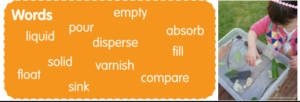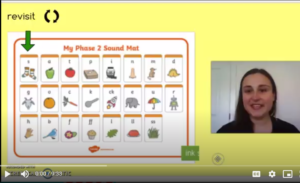Story Time
It’s Friday again! Well done for making it through another week of being in lockdown. We know that many of you are enjoying our Friday Story Time so we hope that you enjoy this one. Today’s story is read by Mrs Beesley and it was a book that was popular when we came back to Nursery after Christmas. It’s about a very hungry creature, but it’s not a caterpillar! This animal has stripes and he arrives at a little girl’s house just in time for tea…
‘The Tiger Who Came To Tea’ is written by Judith Kerr and published by HarperCollins. Here are some things to talk about when you’ve listened to the story.
- How do you think Sophie felt when she opened the door?
- Can you remember some of the things that the tiger ate?
- What did the tiger drink?
- What happened at the end of the story?
- Did you like the story? What was your favourite part?
- If you could have an animal to tea at your house, which animal would you choose? Why?
If you enjoyed the story and would like some activities to do at home, here are a few ideas.
- Invite one of your soft toy animals to tea. Can you make an invitation? Write a list of the food that you’d like and set the table for a tea party. We hope that your animal isn’t as hungry as the tiger!
- Can you paint a tiger? Ask your grown up to draw an outline and then have a go at painting the stripes on it. Orange, black, orange, black…
- Andy’s Wild Adventures has an episode all about tigers. Watch it here.
- If you have a printer, there are some printable activities and colouring sheets that you can download on this website.
- Sadly, the Channel 4 film adaptation of the story isn’t available to view at the moment but perhaps you recorded it or have access to it on Amazon.
If you haven’t been in touch with us for a while, please send us a quick email to let us know how you are. We hope that you have a lovely weekend and find somewhere new to explore now that we have a little more freedom to visit parks.
15 May 2020: Home learning
| Super Science! Exploring water…
Pouring, measuring, floating and sinking Choose from the following activities: · Find a bowl and selection of containers suitable for using in water pouring activities. These might include pans, jugs, empty milk containers, plastic mugs, etc. Ensure the water is at a safe temperature. Empty and fill containers with the water. Which container holds the most? How many cups of water go into the pan? How many does it take to fill an egg cup? By using a washing up bowl, or a large mixing bowl you will be able to keep the quantity of water down to a minimum to avoid wastage. Scoop the water from the bowl into the receptacles. · Try some floating and sinking activities. This doesn’t just have to be objects. You could see if sprinkled pepper floats on the surface, or salt, shampoo, vinegar, flour, etc. Then you could try coins, a Lego brick, a lolly stick, a key, etc. You might even build a little boat, or improvise with an empty butter tub and see how much cargo it can hold until it sinks. Can you count the items? Important vocabulary:
|
| Literacy Activity – Letter formation
Use the letter formation ditty’s to practise writing each letter of the alphabet. |
| Maths
|
Home learning: maths
Good morning.
Mr Lindsay’s maths problem from yesterday caused a challenge for some people – it totally bamboozled some people’s brains. However, Freya and Lilia have completed the task and have sent me a photo to show how proud they are. Well done to those people who demonstrated resilience yesterday – one of our 8R’s.
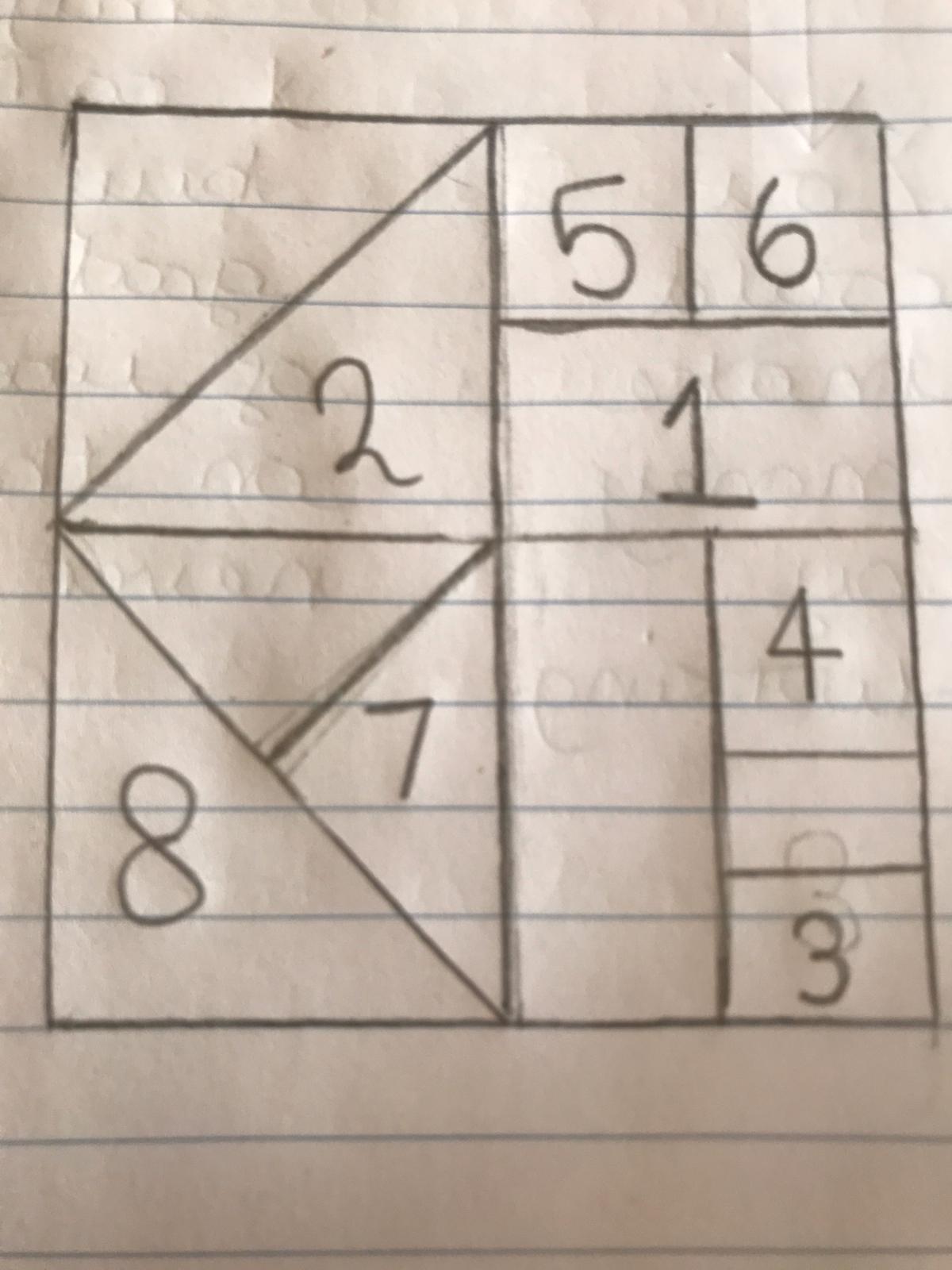
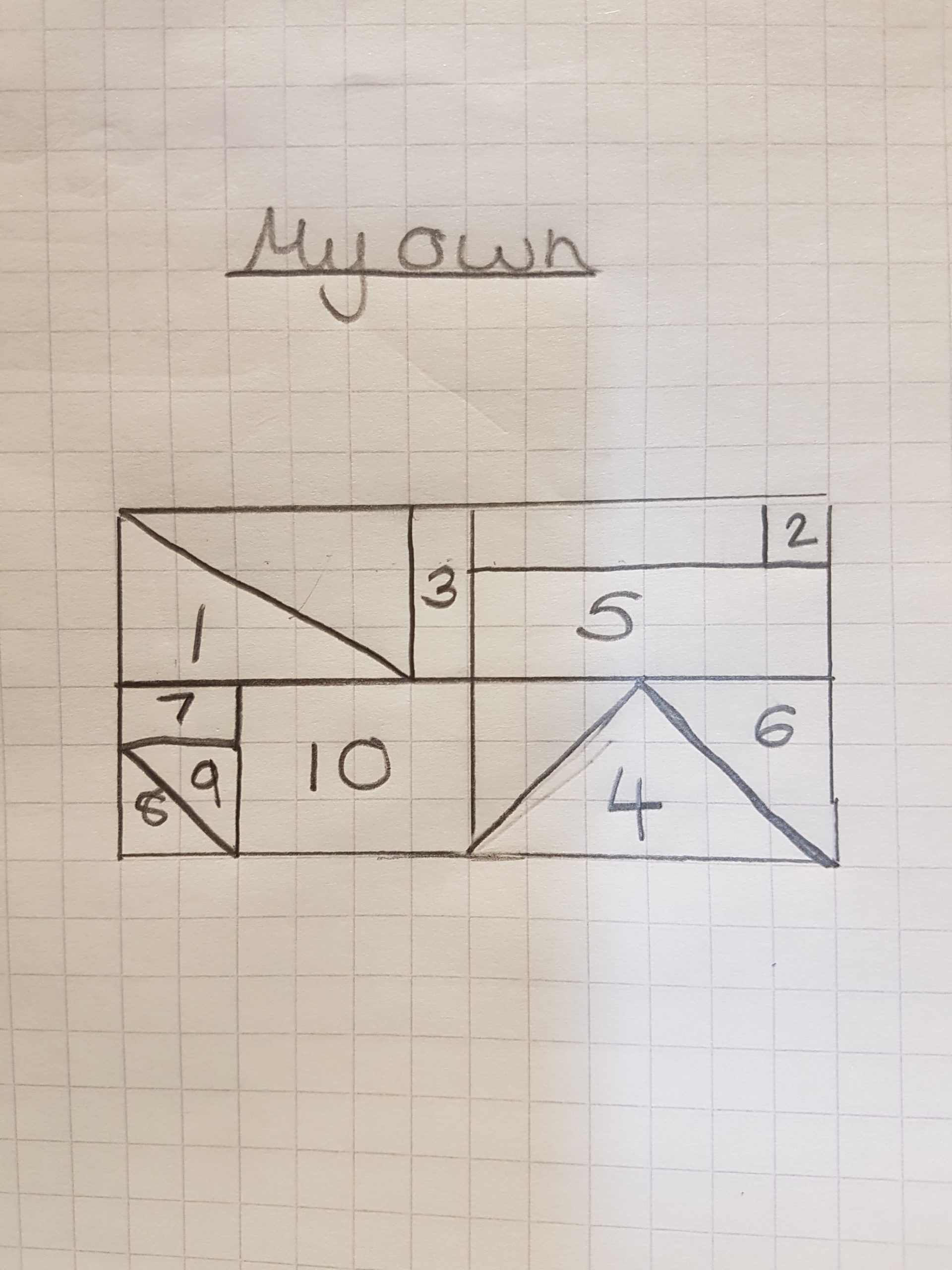
14 May 2020: Home learning
| Phonics
|
| Literacy Activity – A map making treasure hunt!
Make a map of a room, the inside of your house, or your garden. Write the names next to the different objects and areas on your map so that people can see where to go- you might even want to write sentences as clues for example; ‘On top of the desk’. You might want to add x marks and hide your favourite toys or other items for your grown-ups to find! Your map might look a little something like this…
|
| Maths Activity – comparing size
Choose from the following activities- (you might even want to try a few over the next few weeks!): • Find your dolls, teddies, play figures etc. Line them up from the tallest to the shortest.
•Use a spoon as a measuring device. Go around and see if things are the same size, shorter or longer than the spoon. • Why not make a paper chain. Talk about this getting, longer, the more you add. You could measure it. You could also count the links together? • Who is the tallest in your house? Who is the shortest and who is in the middle? • Can you make a list or a collection of teeny, tiny things? What other words describe small? • Which things are larger than e.g. a cow? Could it be a bus, a whale, a house, a car etc? Make a list or draw things. • Make long and short play dough worms and snakes.
Important vocabulary: Long, longer, shorter, short, wide, narrow, big, little, huge, immense, giant, minute, tiny, teeny, same, taller…. Can you think of any more size words? Did you enjoy these challenge ideas? They were taken from another excellent, free ‘Learning at home’ pack by TTS. |
Year 5/6 Living and learning
It sounds like lots of you are enjoying Mr Freeman’s living and learning lesson from today. I have already been sent some photos of the posters you are creating. They have some great ideas about the importance of money and what you can do with your money. They are very bright and colourful too.
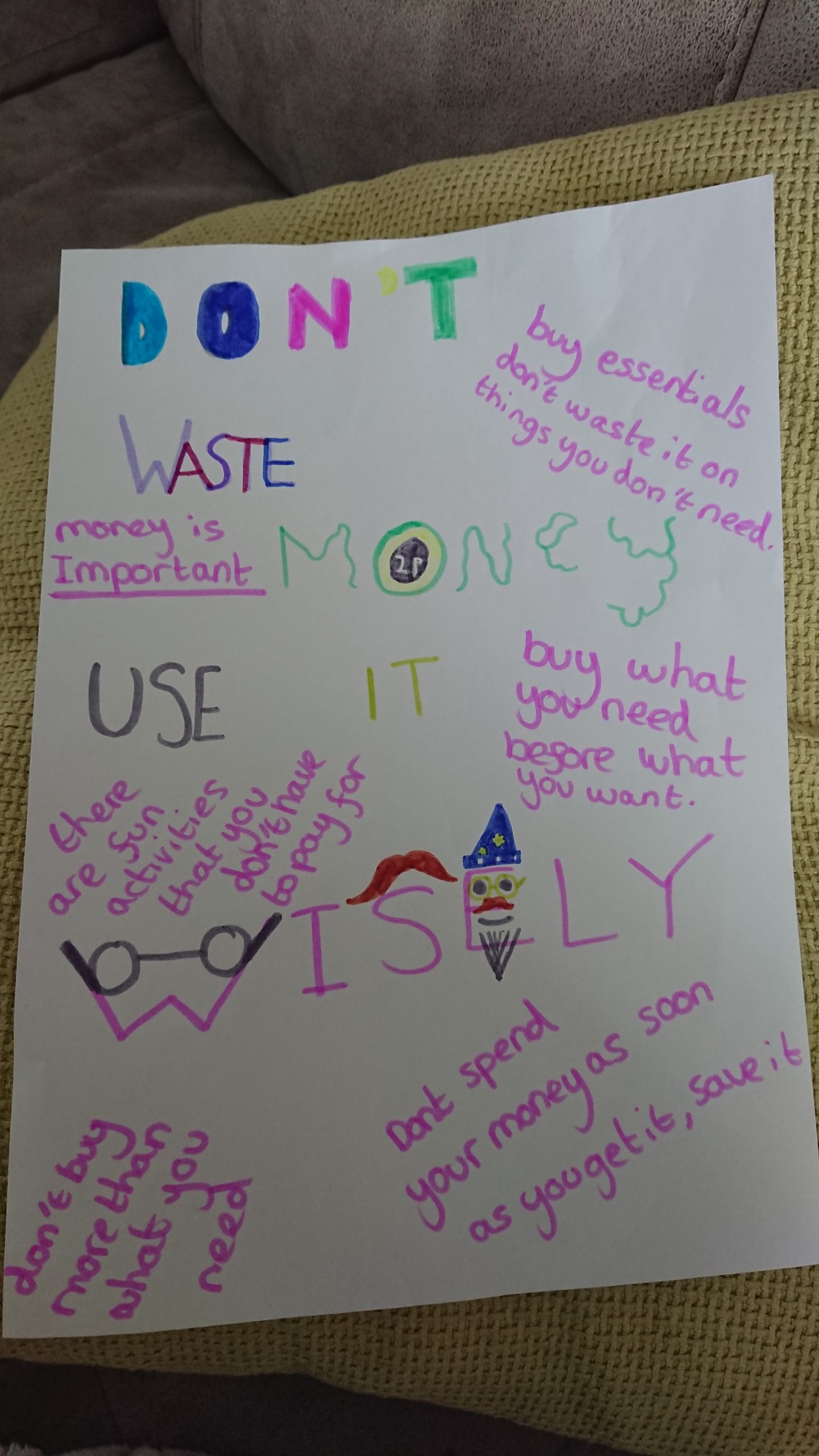
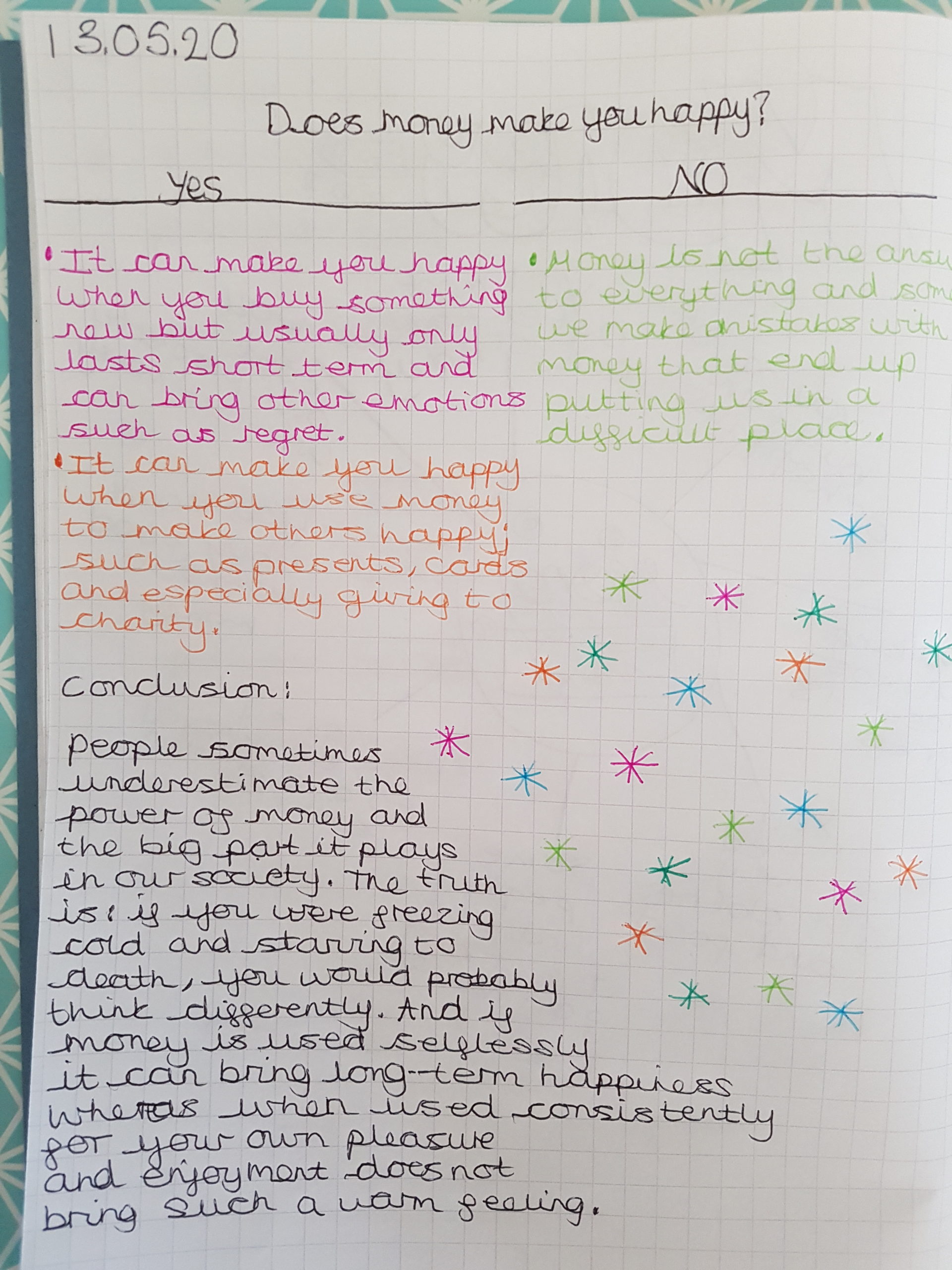
13 May 2020: Home learning
| Phonics
1.Phonemes Practise recognising and saying all the sounds. 2.Words to Read:
Use your ‘phoneme fingers’ or point to the sound buttons to help. How many sounds are in these words? Answer: 4 3.Words to Write: just, gulp, felt, land You could draw a phoneme frame in your exercise book to help you remember all the sounds. 4.Phonics Activity: Yes or No? Encourage your child to point to the words when reading. Some children may not need to blend each word. |
| Literacy Activity – Story time
Tell a story together using the ‘my turn, your turn’ method.
|
| Maths
|
Can you spot the animals?
Did you have a go at counting all of the animals from Monday’s ‘I spy zoo animals’ activity? Today, we thought that you might like to play another game of I-spy, but this time, your Nursery teachers need your help! Can you help them to find all of the different creatures that are hiding? Look carefully!
Can you remember which animals you saw?
- Did you spot the wrinkly elephant that was perched on top of Mrs Beesley’s fence?
- A bouncing bunny rabbit had managed to jump all the way up into the tree at Miss Morris’ house.
- Miss Pennock’s shimmering seahorse wasn’t swimming in the sea, it was driving a little car!
- We’re sure you found the cheeky monkey playing peek-a-boo in Miss Logan’s playhouse.
- Did you see what gave Mrs Long a fright? That’s right, it was sneaky shark hiding behind the shower.
If you enjoyed this, maybe you could have a game of ‘I spy’ at home. You could hide animals or toys, just like we did, or you could play a game of colour I spy. I spy something that is … red/blue etc..
You could also practise your memory skills and concentration by playing a game of ‘Kim’s game’. Collect 5-6 items from around your house and put them together on the floor or on a tray. Ask your child to look at them for a short time and then cover them up with a cloth (e.g. tea towel). Remove an item without your child seeing and then uncover the objects. Can they spot which object is missing? This is great fun and children love to play it at Nursery. You can make it harder by adding more objects or reducing the amount of time that they can look for.
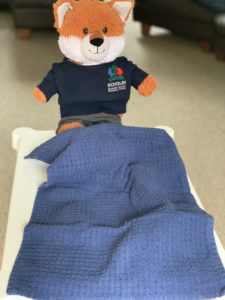
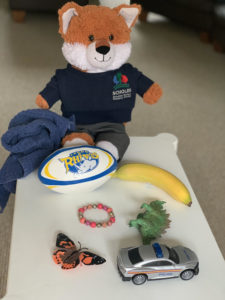
Don’t forget to visit our Class Page again on Friday for this week’s Story Time.
Super reading
It was lovely to receive these two videos showing children reading. Please keep reading any chance you get!
VE day pictures and Home Learning
Here are just a few highlights of Home Learning and VE day activities from the weekend.
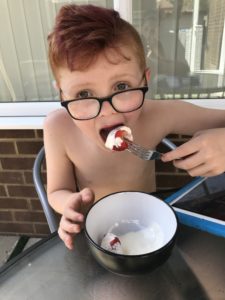
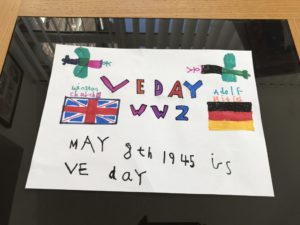
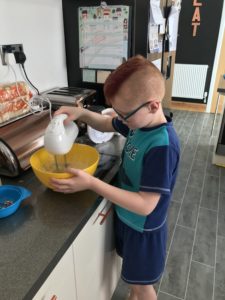
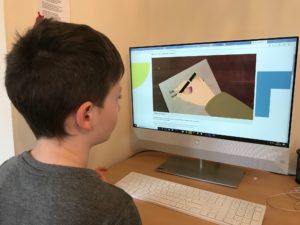
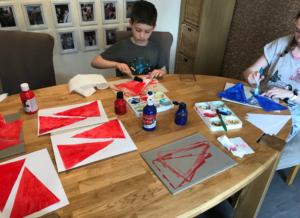
The Book of Hopes
The Book of Hopes: Words and Pictures to Comfort, Inspire and Entertain Children in Lockdown
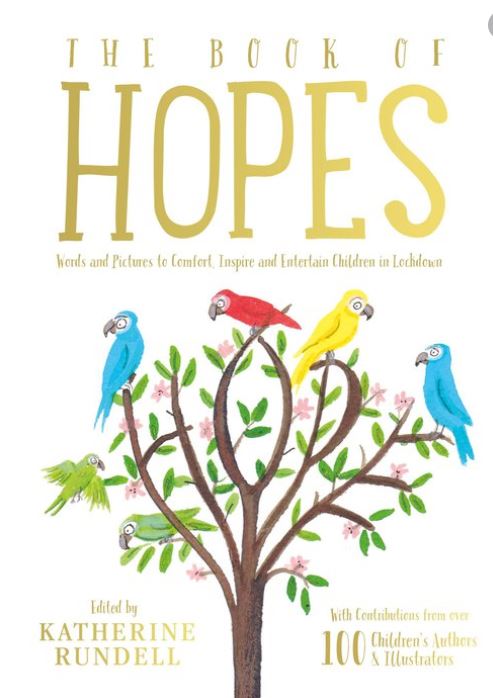
I recently came across this amazing collection of short stories, poems, pictures and other things. It’s completely free and contains the works of over 100 famous authors and illustrators including Michael Morpurgo and Jacqueline Wilson.
There’s a range of things to read (in terms of content and difficulty) but each text has been specifically chosen to give children some hope in what is a strange time. The texts are engaging, funny and heart-warming. I definitely recommend checking this book out and reading some as a family.
Although most of the texts seem to be aimed at KS2, many of them could definitely be read to younger children, too. For some of our older children, the texts might not be very challenging. But, that’s OK, too. The point of these texts is about how they make us feel and what we learn.
Enjoy!
